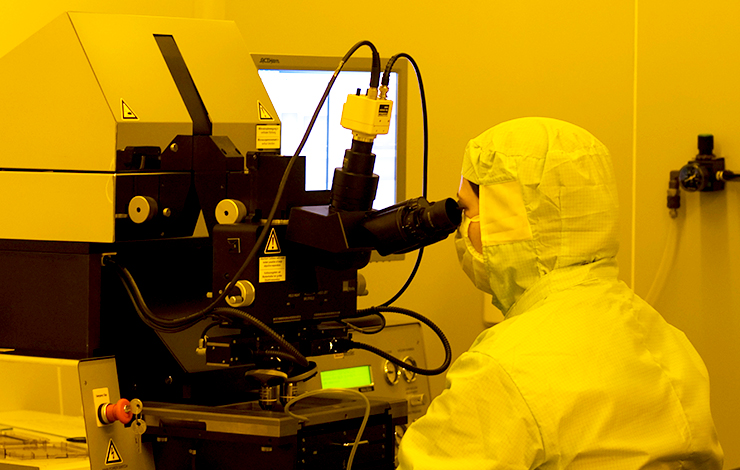


Metal oxide nanoparticle engineering for printed electrochemical applications
| Title | Metal oxide nanoparticle engineering for printed electrochemical applications |
| Publication Type | Book |
| Year of Publication | 2016 |
| Authors | Wojcik PJ, Pereira L, Martins R, Fortunato E |
| Series Title | Handbook of Nanoelectrochemistry: Electrochemical Synthesis Methods, Properties, and Characterization Techniques |
| Number of Pages | 783-818 |
| Publisher | Springer International Publishing |
| ISBN Number | 9783319152660; 9783319152653 |
| Abstract | Engineering procedures governing the selection or development of printable nanostructured metal oxide nanoparticles for chromic, photovoltaic, photocatalytic, sensing, electrolyte-gated TFTs, and power storage applications are established in this chapter. The main focus is given on how to perform the material selection and formulation of printable dispersion in order to develop functional films for electrochemical applications. This chapter is divided into four main parts. Firstly, a brief introduction on electrochemically active nanocrystalline metal oxide films developed via printing techniques is given. This is followed by the description of the film morphology, structure, and required functionality. A theoretical approach to understand the impact of size and shape of nanoparticles on an ink formulation and electrochemical performance being the subject of the third section provides a greater control over the material selection. We attempt to describe these properties and show that for a given material, geometry and size of the nanoparticles have a major influence on the electrochemical reactivity and response time. This gives the ability to tune the performance of the film simply by varying the morphology of incorporated nanostructures. This section is completed by the recommendations on each major step of an ink formulation, together with imposed critical constraints concerning the fluid control. Finally, the performance of the ink-jetprinted dual-phase electrochromic films is discussed as a case study. By providing such a rather systematic survey, we aim to stress the importance of proper design strategy that would result in both improved physicochemical properties of nanoparticle-loaded inks and enhanced electrochemical performance of printed functional films. © Springer International Publishing Switzerland 2016. |
| URL | https://www.scopus.com/inward/record.uri?eid=2-s2.0-84957028422&doi=10.1007%2f978-3-319-15266-0_24&partnerID=40&md5=9d56784ae01e3322cdc03328dae98b19 |
| DOI | 10.1007/978-3-319-15266-0_24 |








